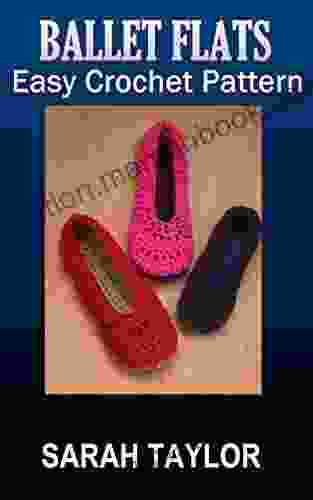A Comprehensive Guide for Authors and Editors: Essential Tips and Best Practices

Welcome to the ultimate guide for authors and editors, where we delve into the intricate world of writing, editing, and publishing. This comprehensive resource is designed to provide you with invaluable insights, best practices, and practical tips to enhance your writing journey and elevate your work to new heights. Whether you're a seasoned author or an aspiring editor, this guide will serve as a valuable companion throughout your creative endeavors.
Chapter 1: Crafting Compelling Written Content
1.1: Develop a Clear Vision and OutlineBefore you embark on writing, take the time to envision your intended outcome. What is the purpose of your writing? Who are your target readers? Having a clear vision will help you stay focused and organized throughout the writing process. Create an outline that serves as a roadmap for your ideas, ensuring a logical and cohesive structure.
4.7 out of 5
| Language | : | English |
| File size | : | 38775 KB |
| Text-to-Speech | : | Enabled |
| Screen Reader | : | Supported |
| Enhanced typesetting | : | Enabled |
| Print length | : | 1249 pages |
| Lending | : | Enabled |
1.2: Conduct Thorough ResearchIn-depth research is the foundation of credible and compelling writing. Gather information from reliable sources, such as books, articles, and interviews. Not only will this enhance the accuracy of your work but also provide you with new insights and perspectives that can enrich your writing.
1.3: Craft Engaging s and sThe is your opportunity to captivate readers and hook their attention. Use strong language, intriguing questions, or personal anecdotes to pique their curiosity. Similarly, the should provide a sense of closure while reinforcing your main arguments and leaving a lasting impression.
1.4: Use Clear and Concise LanguageClarity is of paramount importance in writing. Use language that is easily understood by your target audience. Avoid jargon and technical terms that may alienate readers. Instead, opt for straightforward language that conveys your ideas effectively.
1.5: Employ Active Voice and Strong VerbsActive voice gives your writing a sense of immediacy and engagement. Use strong verbs that paint a vivid picture for readers. Avoid passive voice, as it can weaken your writing and make it seem less persuasive.
Chapter 2: Editing for Excellence
2.1: Understand the Different Types of EditingThere are various types of editing, each with its own focus. Substantive editing involves restructuring, rewriting, and fact-checking, while copyediting focuses on grammar, punctuation, and spelling. Understanding the different types of editing will help you determine the appropriate approach for your project.
2.2: Provide Constructive FeedbackWhen editing others' work, offer constructive feedback that is specific, actionable, and supportive. Focus on helping the writer improve their writing rather than simply pointing out errors. Use encouraging language and provide suggestions that can facilitate improvement.
2.3: Use Editing Tools and ResourcesVarious tools and resources can assist you in the editing process. Grammar checkers can help identify grammatical errors, while plagiarism checkers can ensure the originality of your work. Style guides provide specific guidelines for formatting and referencing, ensuring consistency throughout your writing.
2.4: Proofread CarefullyProofreading is an essential final step in the editing process. Read your work aloud to catch errors that you may have missed during the initial editing. Pay attention to details, such as punctuation, spelling, and formatting, to ensure that your writing is polished and error-free.
Chapter 3: Collaboration and Communication
3.1: Build a Strong Partnership with AuthorsFor editors, establishing a collaborative relationship with authors is crucial. Open communication and mutual respect are essential for a productive partnership. Provide authors with clear feedback, guidance, and support to help them achieve their writing goals.
3.2: Communicate Effectively with ClientsAs an author, effective communication with your editor is paramount. Clearly articulate your vision, goals, and expectations to ensure that your editor can tailor their services to meet your needs. Respond promptly to feedback and be open to suggestions that can enhance your writing.
3.3: Manage Deadlines and ProjectsManaging deadlines and projects is essential for successful collaboration. Set realistic deadlines, create a clear work plan, and communicate expectations clearly. Regular check-ins with your collaborators will help you stay on track and ensure that the project is completed on time and to the desired standards.
Chapter 4: Publishing and Beyond
4.1: Explore Publishing OptionsOnce your writing is complete, consider the various publishing options available to you. Traditional publishing involves working with a publisher who handles all aspects of the publishing process, while self-publishing gives you more control over your book but requires significant investment. Evaluate each option carefully to determine the best path for your work.
4.2: Market and Promote Your WorkSuccessful publishing goes beyond simply creating a book. Market and promote your work effectively to reach your target audience. Develop a marketing plan that includes online and offline strategies, such as social media marketing, book readings, and reviews. Engage with your readers and build a community around your writing.
4.3: Continue Learning and GrowingThe world of writing and editing is constantly evolving. Stay updated on industry trends, best practices, and new technologies. Attend workshops, conferences, and online courses to enhance your skills and knowledge. Embrace continuous learning to remain competitive and deliver exceptional work.
This comprehensive guide has provided you with invaluable insights, best practices, and practical tips to guide you on your journey as an author or editor. Embrace these principles, cultivate a love for language, and strive to create work that captivates, informs, and inspires readers. Remember, writing and editing are powerful tools that can shape thoughts, influence perspectives, and leave a lasting impact on the world. Pursue your writing endeavors with passion, dedication, and the unwavering belief in the power of words.
Additional Resources
- American Psychological Association (APA) Style
- Modern Language Association (MLA) Style
- The Chicago Manual of Style
- Authors Guild
- Editors Canada
4.7 out of 5
| Language | : | English |
| File size | : | 38775 KB |
| Text-to-Speech | : | Enabled |
| Screen Reader | : | Supported |
| Enhanced typesetting | : | Enabled |
| Print length | : | 1249 pages |
| Lending | : | Enabled |
Do you want to contribute by writing guest posts on this blog?
Please contact us and send us a resume of previous articles that you have written.
 Top Book
Top Book Novel
Novel Fiction
Fiction Nonfiction
Nonfiction Literature
Literature Paperback
Paperback Hardcover
Hardcover E-book
E-book Audiobook
Audiobook Bestseller
Bestseller Classic
Classic Mystery
Mystery Thriller
Thriller Romance
Romance Fantasy
Fantasy Science Fiction
Science Fiction Biography
Biography Memoir
Memoir Autobiography
Autobiography Poetry
Poetry Drama
Drama Historical Fiction
Historical Fiction Self-help
Self-help Young Adult
Young Adult Childrens Books
Childrens Books Graphic Novel
Graphic Novel Anthology
Anthology Series
Series Encyclopedia
Encyclopedia Reference
Reference Guidebook
Guidebook Textbook
Textbook Workbook
Workbook Journal
Journal Diary
Diary Manuscript
Manuscript Folio
Folio Pulp Fiction
Pulp Fiction Short Stories
Short Stories Fairy Tales
Fairy Tales Fables
Fables Mythology
Mythology Philosophy
Philosophy Religion
Religion Spirituality
Spirituality Essays
Essays Critique
Critique Commentary
Commentary Glossary
Glossary Bibliography
Bibliography Index
Index Table of Contents
Table of Contents Preface
Preface Introduction
Introduction Foreword
Foreword Afterword
Afterword Appendices
Appendices Annotations
Annotations Footnotes
Footnotes Epilogue
Epilogue Prologue
Prologue Elizabeth Camden
Elizabeth Camden Lindsey Davis
Lindsey Davis Stanley Moss
Stanley Moss Marina Viola
Marina Viola Rohini Gupta
Rohini Gupta Michael J Tucker
Michael J TuckerH M
 Celia Genishi
Celia Genishi Charles Gasparino
Charles Gasparino Keith Flynn
Keith Flynn Sherry V Ostroff
Sherry V Ostroff Loki Renard
Loki Renard Sally Ogden
Sally Ogden Allen Ellenzweig
Allen Ellenzweig Lee Vaughan
Lee Vaughan Simone Cave
Simone Cave Mrs Serena
Mrs Serena Jeff Sutherland
Jeff Sutherland Kindle Edition
Kindle Edition Ward Larsen
Ward Larsen
Light bulbAdvertise smarter! Our strategic ad space ensures maximum exposure. Reserve your spot today!
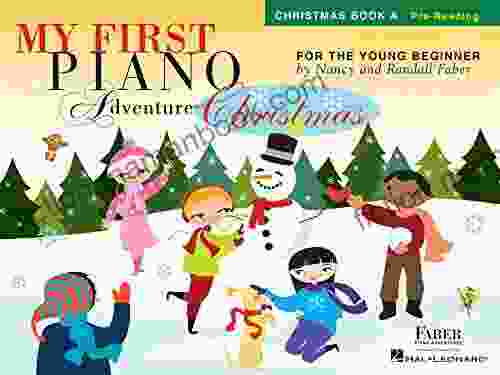
 John SteinbeckMy First Piano Adventure Christmas Pre-Reading: Igniting a Spark of Musical...
John SteinbeckMy First Piano Adventure Christmas Pre-Reading: Igniting a Spark of Musical...
 Heath PowellThe Intertwined Evolution of Popular Fashion Music and Gender Dress Culture:...
Heath PowellThe Intertwined Evolution of Popular Fashion Music and Gender Dress Culture:... Jayden CoxFollow ·19.2k
Jayden CoxFollow ·19.2k Easton PowellFollow ·4.7k
Easton PowellFollow ·4.7k Enrique BlairFollow ·15.4k
Enrique BlairFollow ·15.4k Andrew BellFollow ·18.3k
Andrew BellFollow ·18.3k Earl WilliamsFollow ·17.2k
Earl WilliamsFollow ·17.2k Gustavo CoxFollow ·12.5k
Gustavo CoxFollow ·12.5k Dakota PowellFollow ·19.3k
Dakota PowellFollow ·19.3k Ed CooperFollow ·2.3k
Ed CooperFollow ·2.3k
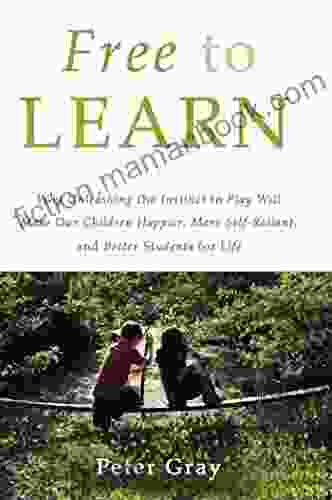
 Abe Mitchell
Abe MitchellWhy Unleashing the Instinct to Play Will Make Our...
Play is an essential part of childhood. It is...
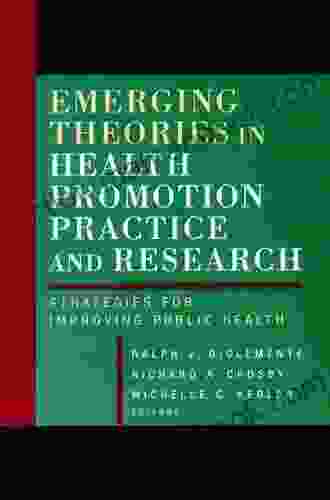
 Rubén Darío
Rubén DaríoTheory in Health Promotion Research and Practice
Theory is essential...
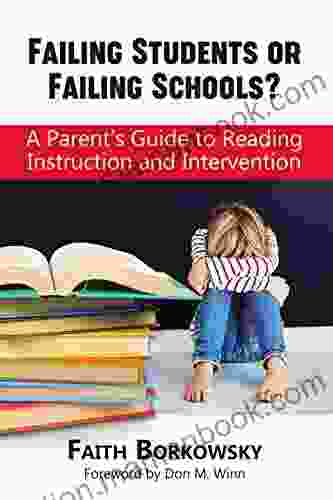
 Howard Blair
Howard BlairFailing Students or Failing Schools: Uncovering the Root...
In the United States, the issue of failing...

 Ira Cox
Ira CoxPoetry From the Heart Chope: A Symphony of Soul and Verse
Embark on a literary...
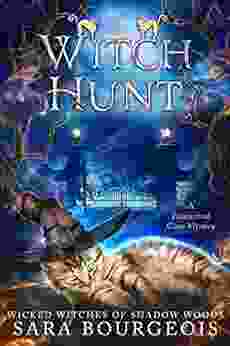
 Easton Powell
Easton PowellThe Witch Hunt: Wicked Witches of Shadow Woods
In the cursed woods of...
4.7 out of 5
| Language | : | English |
| File size | : | 38775 KB |
| Text-to-Speech | : | Enabled |
| Screen Reader | : | Supported |
| Enhanced typesetting | : | Enabled |
| Print length | : | 1249 pages |
| Lending | : | Enabled |







